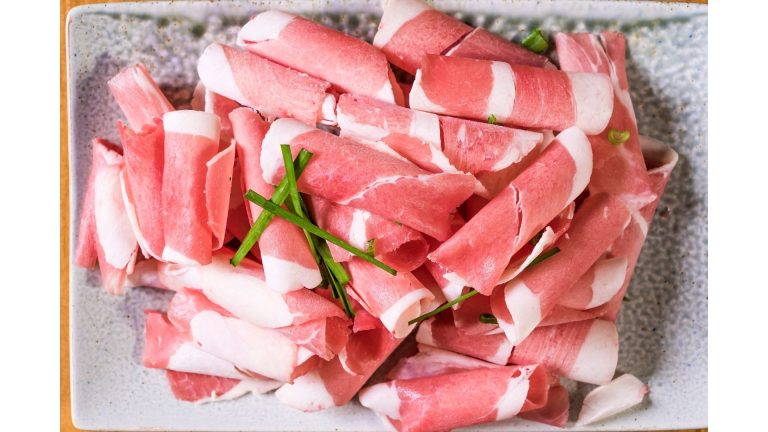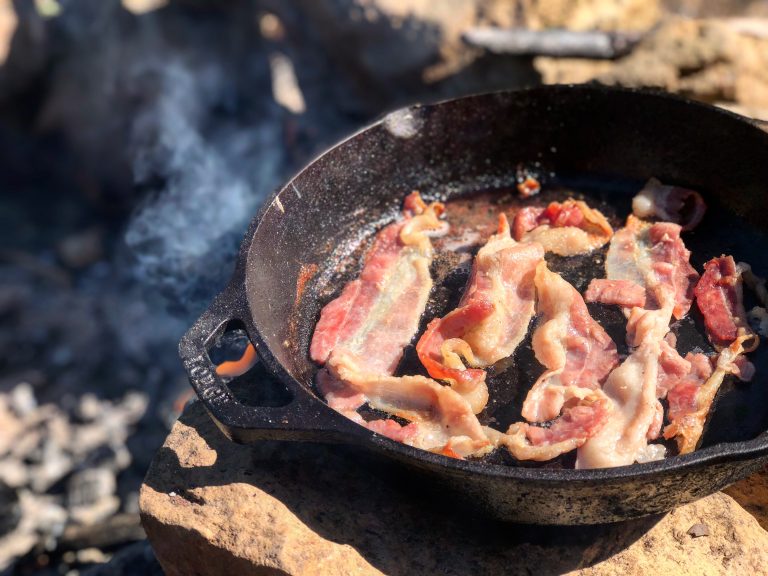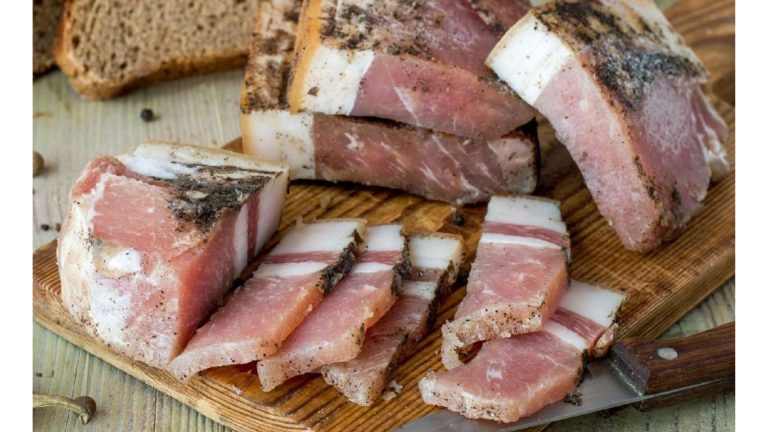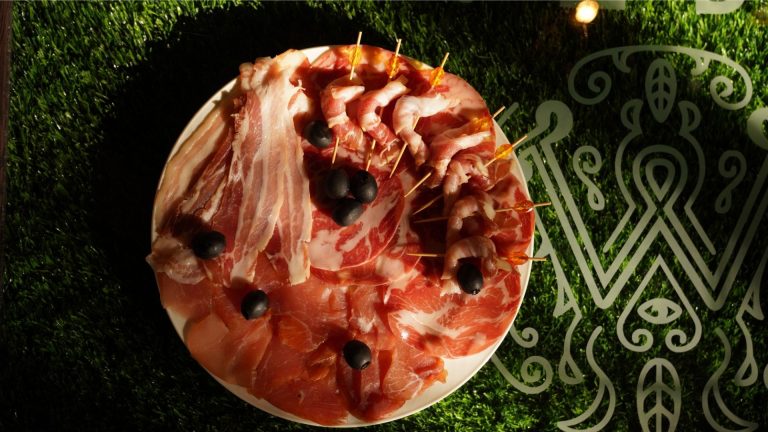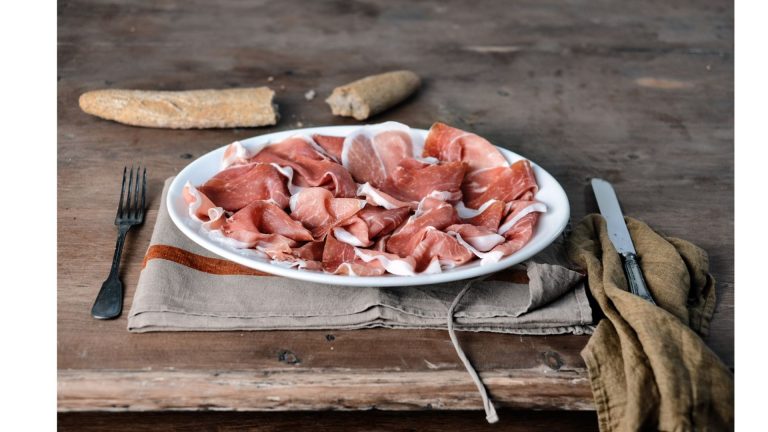Can Dogs Eat Capicola?
Capicola is the most tender cut of pork and is often used for training. It is usually cooked, not cured, which means that it is not brined or salted.
However, some people find capicola difficult to chew because of the high salt content. Dogs can eat it but may have difficulty with it due to the high salt content.
Table of Contents
What is Capicola?
A combination of the words capo which means “head” and collo which means “neck” is also called capocollo in Italy.
There are other variations of the name capocollo, including coppa and capicola. Outside of Italy, it is commonly known as capicola and coppa.
In New York, it is known as “gabagool” among the Italian-American population.
Tony Soprano, the main character in The Sopranos, referred to the latter as such in the show. What do you think about it?
Capicola is a lump of traditional dry-cured meat that is made from the muscle that runs along the neck and shoulder of the pig.
The cured meat originated in the Italian cities of Piacenza and Calabrese.
The European Union granted Protected Designation of Origin or PDO status for both variations of coppa.
Capicola is often found on Italian sandwiches, such as panini, muffuletta, and cold cuts sandwiches.
It is usually accompanied by either provolone, gruyere, or other types of cheeses.

Capicola vs Prosciutto
The most popular types of salami or cured meats are capicola and prosciutto. If you are not familiar with these two, there is a good chance that you did as well.
Both are sliced thinly and are used in the same dishes. They are both similar appearance-wise.
Both of them have a brownish-red color and streaks of fat. They have some distinctive characteristics that define them.
The muscles running along the neck and pork shoulder are what make capicola. Prosta can be made from the hips and thighs of a pig.
Prostrate is known for its salty flavor. It has a hint of sweet and fragrant flavor that you might be familiar with.
Each manufacturer has its secret family recipe and that is thanks to the spices and seasonings.
Black pepper, garlic, rosemary, and juniper berries are examples of variations. Coppa is salty, without being overwhelming. The flavors are much more delicate with just a little bit of heat.
Capicola vs Salami
The preparation of salami is just like the preparation of sausages with ground pork and some seasonings.
The curing salt, sugar, black pepper, and garlic should be stuffed into a hard case made from an animal’s guts.
The cold cuts differ in flavor profile and size, but they both have the same size and shape.
Depending on the spices you use, you can get a wide range of flavors from salami. Some people believe that a true salami should taste hot and strong.
Coppa does not go through the same procedure for fermentation. It’s not that you don’t love salami, it’s that you don’t have that twang.
How Can I Make Capicola?
If you’re new to the world of Italian cold cuts, capicola is one of the perfect recipes to start with.
It’s not a walk in the park when you make it. You need to make it close to the authentic one, even if you are not living in Italy.
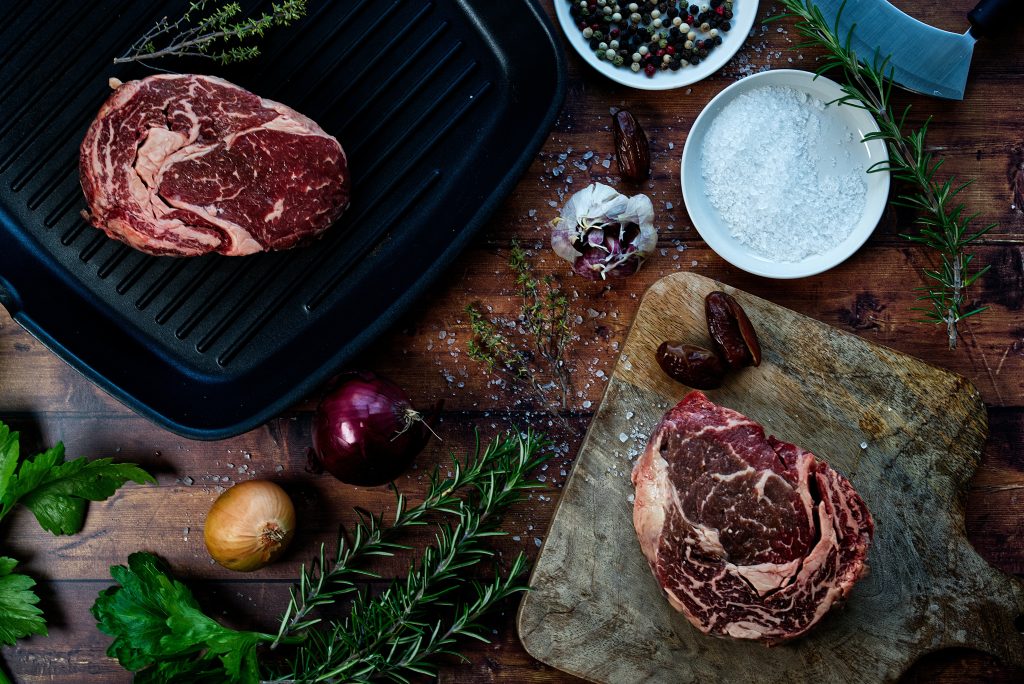
Ingredients:
- 3 ½ pork neck coppa
- 48 grams of kosher salt
- 4 grams Instacure #2
- 3 grams Juniper berries
- 2 tablespoons black pepper
- 1 gram grated nutmeg
- 2 cloves minced garlic
- 3 sprigs of fresh thyme
- 2 bay leaves
- 1 tablespoon chipotle powder
- 1/4 cup chili powder
- 1/4 cup paprika
Steps:
- In a food processor, combine Instacure, juniper berries, kosher salt, black pepper, nutmeg, garlic, thyme, and bay leaves until well combined.
- Rub the mixture all over the pork neck coppa. Store in a large container.
- The bag of air can be removed with a vacuum sealer.
- The pork coppa should be placed in the refrigerator for a minimum of 7 to 15 days.
- It is a good idea to turn the meat every other day.
- Remove the meat from the bag and rinse off the seasonings.
- If you do not avoid over-rinsing, the pork coppa will lose its flavor.
- In a bowl, add some of the ingredients for chili.
- The coppa pork should be rubbed with the spice mix.
- Allow it to rest in the rack for a little while.
- Place the pork coppa in the Umai dry bag using meat netting.
- The bag should be vacuum-sealed and thrown out with the rest of the air.
- Store meat in the refrigerator for at least 6 to 10 weeks and occasionally in the freezer.
- Good coppa should have reduced their meat by at least 35 to 40 percent.
Can Dogs Eat Capicola?
Yes, dogs can eat capicola, which is a type of salami. Salami, or salted meat, is a specialty of Italy.
It is made with a mixture of finely ground beef or pork, salt, spices, and sometimes garlic. Some people may find it to be too salty for their tastes.
In addition, some dog owners do not like the taste of meat for their dogs.
However, these owners will feed their dogs’ raw meat to make sure they get enough protein and nutrition.
You should keep an eye on your dog when you are cooking capicola. If he likes it, then it is fine to give him some.

Foodie and a passionate cook, I am here to share all of what I know about cooking, kitchen, and food prepping.
Follow me for delicious and healthy recipes.

